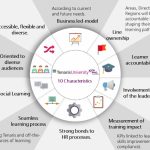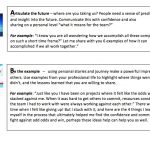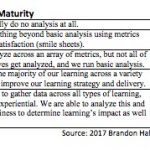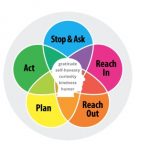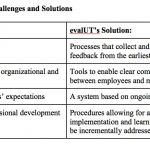Case Study: The Reinvention of Tenaris’ Corporate University
Market needs, technological revolution, and changes in the way people learn and work made it essential to redesign TenarisUniversity’s learning architecture 10 years after it was founded.
What’s Your Leadership IQ?
Successfully transitioning “technical contributors” to “high-performance leadership” roles: It’s as easy as learning and practicing your ABCs.
Sizing Up L&D’s Big Data Problem
Only about 1 in 5 organizations do an above-average job with analytics that help link learning to organizational and individual performance, according to Brandon Hall Group’s 2017 Learning Analytics Study.
No More Nods—Say What You Think
There’s ambiguity in a nod. There’s safety in it. There’s opportunity for clarification, even deniability. But when you tell someone what you think, you become accountable for your thoughts, and there is vulnerability in this accountability.
What Matters?! What You Do and How You Do It
The What Matters?! framework is a human technology for helping people thrive in complex times. It provides a foundation for conscious and intentional living amidst the overstimulation of today’s world.
6 Things Millennials Want from the Performance Management Process
Every performance management process should be fluid and adaptable. Gradually working toward a working environment that makes the most out of employees’ strengths is the best way to excel in the long term.
Training Top 125 Best Practice: Scenario-Based Driving at AT&T Inc.
The simulated training is customized for AT&T and includes fleet-specific vehicle dynamics and programmable scenarios based on analytics behind current AT&T accident trends.
Understanding the 4 Sets of Learning-Agility Behaviors
Learning-agile people have “learned how to learn” from their experiences and made a strong commitment to seeking new challenges that allow them to both apply what they’ve learned and acquire new lessons for later application.
What Is Mobilization?
What’s so often missing in today’s organization’s is the ability of leadership to effectively translate business priorities in a manner that mobilizes and unites a team behind a holistic strategy.
How to Align Professional Development with Your Business Goals
A cascaded framework can help large organizations make better professional development decisions, leading to continuous improvement and highly trained employees.


